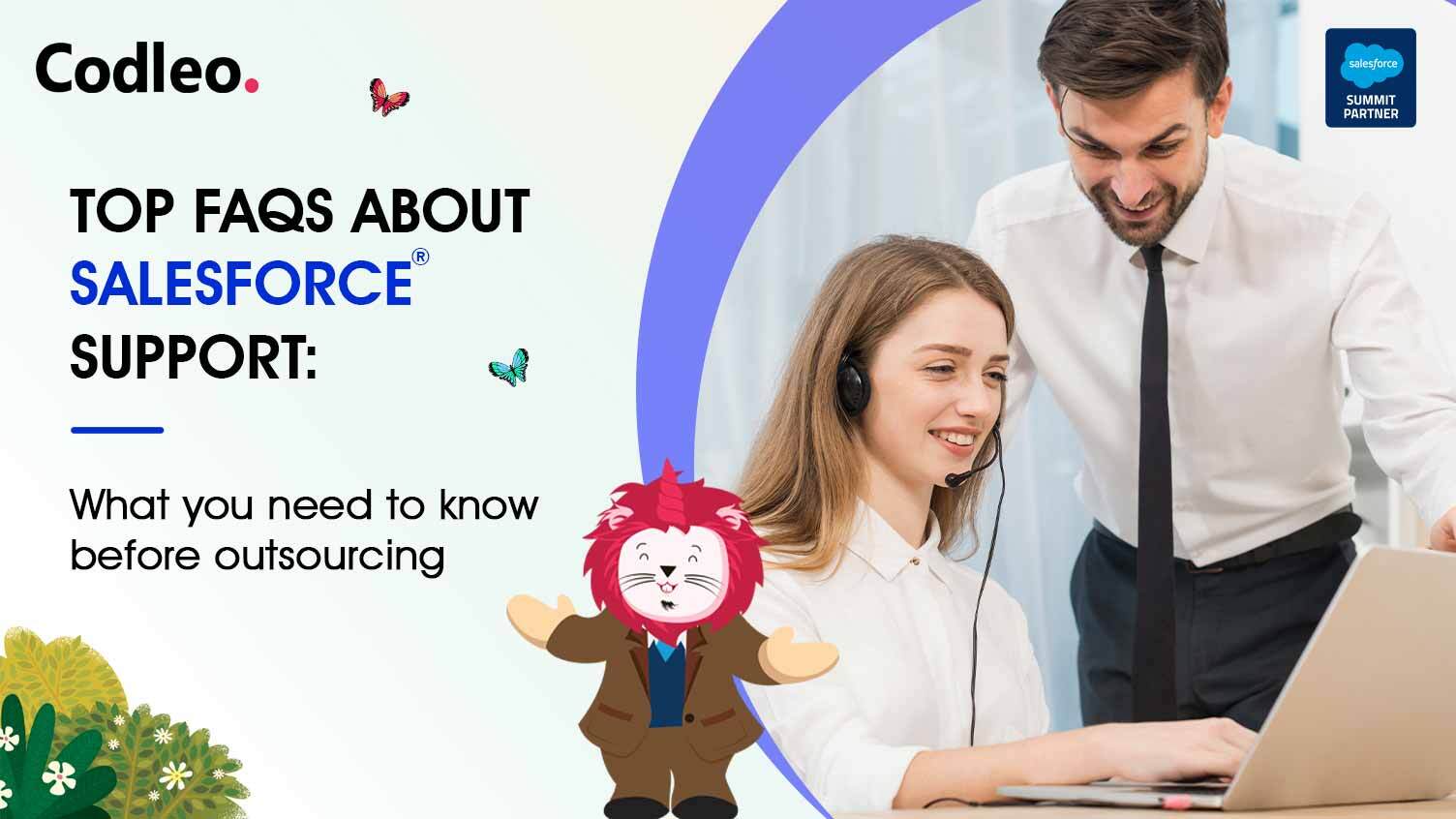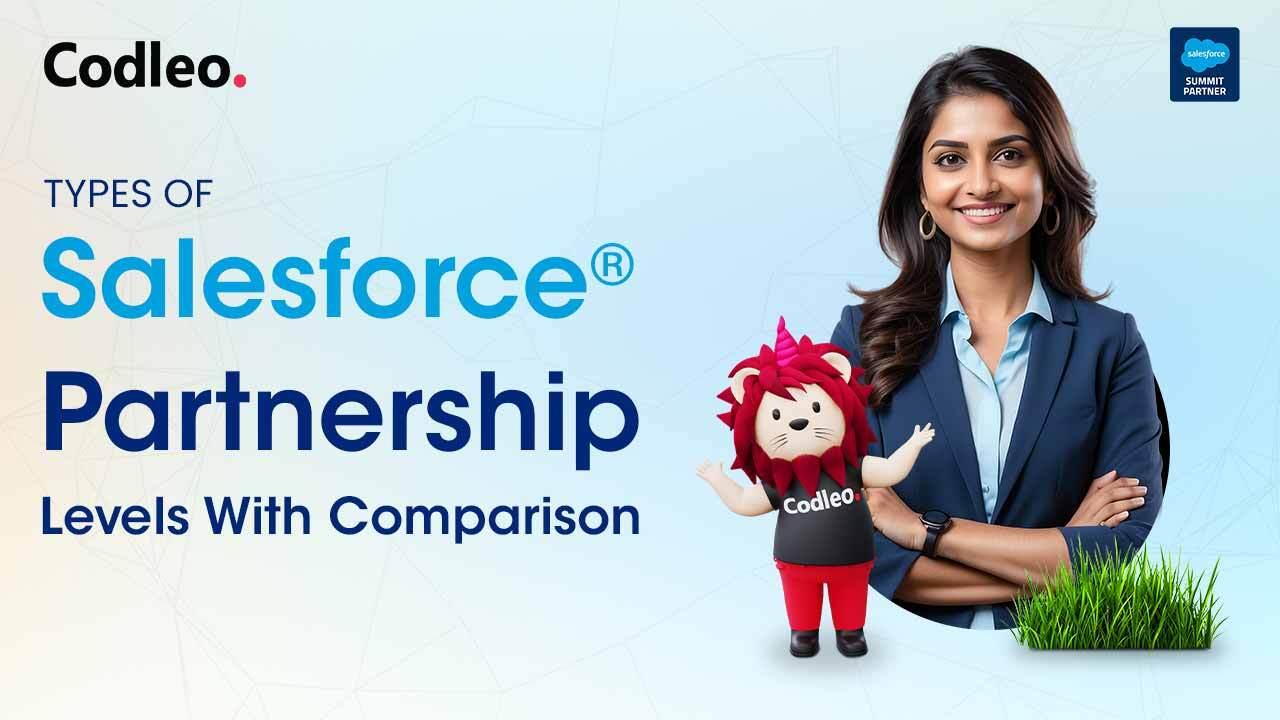Publish date:
If you are a company still using Salesforce's classic version, it's time to wake up and smell the coffee. With Salesforce putting its weight behind the new and much-improved Lightning version, it's time to make the move. Benefit from the super Lightning org and be a super productive company with the premier CRM tool. In this blog, we look at some tips that ensure a Smooth Salesforce Classic to Lightning Migration when performed by a consummate professional like Codleo Consulting.
Here are some Tips for a Smooth Salesforce Classic to Lightning Migration:
-
Dealing with complex customizations. One of the biggest advantages of the Salesforce platform and the reason for its arching popularity is its customizable nature. It is the leader of the pack when it comes to the level of customization vis-à-vis other CRM tools in the market. So, companies can customize an org as much as they want. This is where a Smooth Salesforce Classic to Lightning Migration gets complicated. Therefore, it's advisable to jot down all customizations listed and hand them over to the Salesforce classic to lightning migration partner. They will find answers and ensure a smooth salesforce classic to lightning migration. Always opt for the best Salesforce partner.
-
Audit your org before migration. At times your org may be performing below par for many reasons. Hence this issue may get transferred to the lightning version. Hence a thorough health check or audit of the org is a mandate. This is carried out by Salesforce Classic to Lightning Migration partner as part of the process and is time-consuming. Factor in ample time. Proper planning
-
Vet your customizations & features and retain only those needed. Many companies have many personalizations flooding their UI with a gamut of unrequired features. An audit will reveal which customization or features need to move forward. This is carried out by Salesforce Classic to Lightning Migration partner in conjunction with the company. This way only what are relevant moves, and your system is not overburdened. Isn’t that a cool tip?
-
Plan the Salesforce Classic to Lightning Migration. Act in haste and repent in leisure. You don’t want that to happen with work or your tech stack. Hence our humble tip is that plan the process when work is in a low phase/off-season. Hence any disruption is minimal. Therefore, if there are any issues or pain points that surface or threaten workflow & processes, the disruption doesn’t impact the work. A smooth Salesforce Classic to Lightning Migration is in your hands. Make it happen in a best-planned manner. A phase-wise migration and process are always recommended.
-
User adoption needs to be ensured with support & training. The employees need to be in the loop and ready for the changes post-Salesforce Classic to Lightning Migration. If the users can understand or use it, productivity falls and projects get derailed. We can’t let that happen, can we? This is where customized training sessions are needed as well as support services for a specific duration to ensure that the migration gets the backing of the end users.
Are you planning to migrate from Salesforce Classic to Lightning? Our Salesforce consulting partners can provide you with the necessary expertise and support to ensure a smooth transition. Here are some tips for a successful migration: assess your current org, evaluate your customization needs, prepare your data, train your users, and test thoroughly. Don't hesitate to reach out to our Salesforce partner to get started.
Also Read: INTRODUCTION TO SALESFORCE LIGHTNING MIGRATION AND ITS FEATURES
















